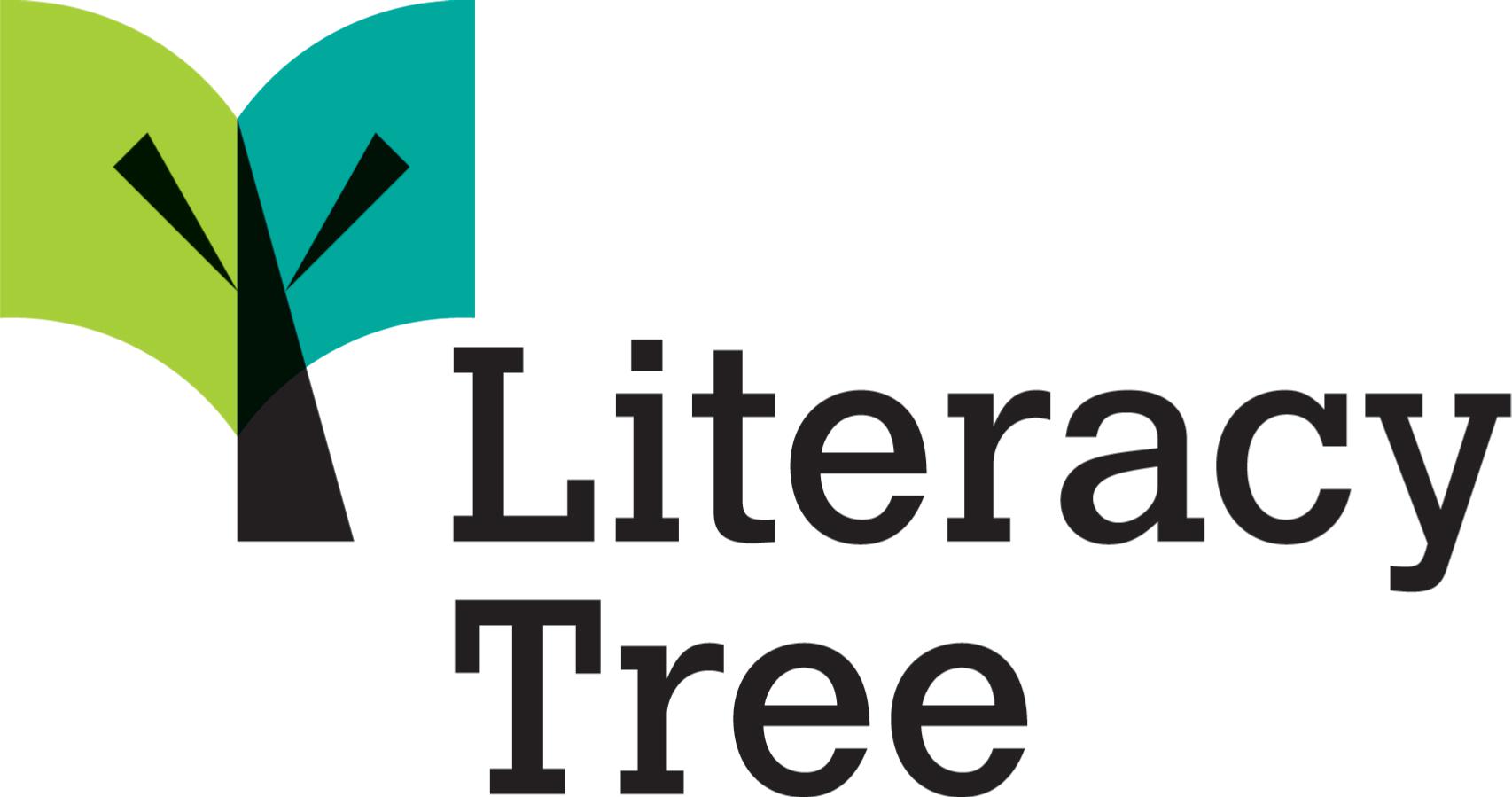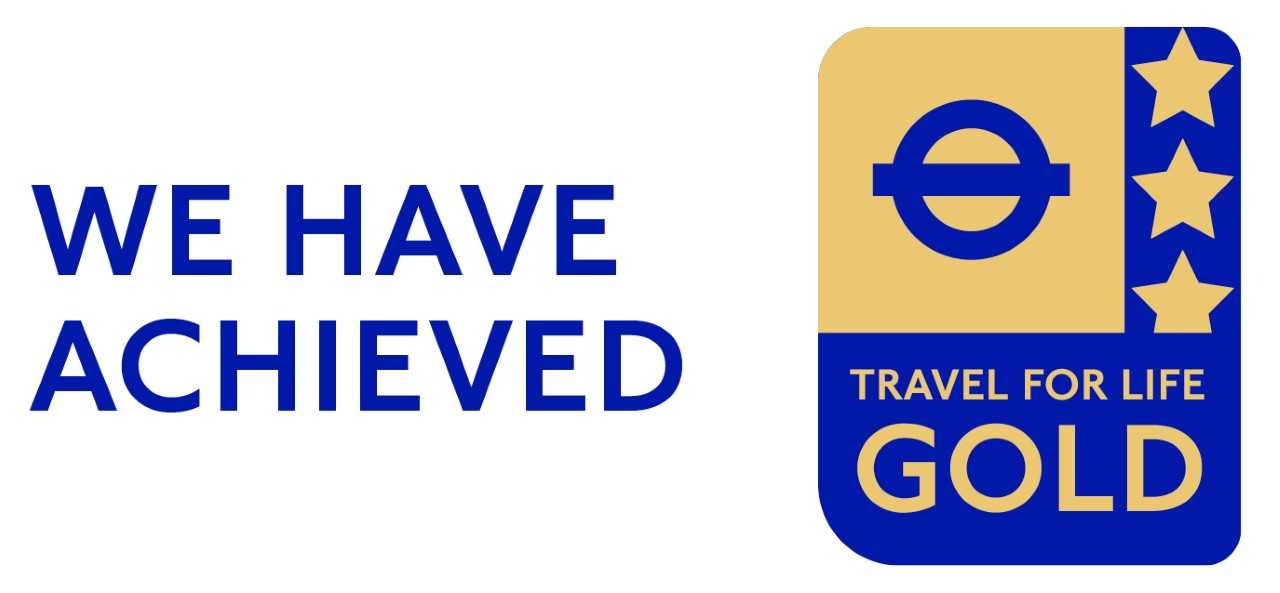“The Saints were not Superhuman. They were people who loved God in their hearts, and who shared this joy with others. “
Pope Francis
At St Ignatius we want to help our children to respond to Pope Francis’ call to holiness. As such, the Saints play an important role in motivating our pupils. They inspire us to lead joyful lives; they serve as role models; they teach us that holiness means being who you are; and they pray for us from heaven, giving us the strength to be who God created us to be.
This academic year (2025-2026) each class is dedicated to a carefully chosen Saint. At the start of the Academic Year each class will complete a project around their Class Patron Saint. As they progress through the year, pupils will continue to learn more about their Class Saint and increasingly make links between Gospel stories, the lives of the Saints and how they should live their own lives.
Selecting our Class Saints
We wanted our Saints to reflect the diverse nature of our community – in gender and ethnicity. It was important to us that they were relatable to young children, so we deliberately included many modern Saints, who demonstrate ways of dealing with very current challenges, such as modern slavery and homelessness. We wanted to make the children realise that Sainthood extends beyond the traditional Saints that they may already know.

Our School Patron Saint-St. Ignatius of Loyola.
St. Ignatius of Loyola, born Inigo Lopez de Loyola, was a Spanish knight who became a priest and founded the Society of Jesus, also known as the Jesuits. He is known for his spiritual writings and his emphasis on finding God in all things. His feast day is on July 31st.
New Class Saints

Reception- Saint Francis of Assisi.
He was an Italian Catholic friar who founded the Franciscan Order. He is known for his love of nature and animals, and for living a life of poverty and service. He is the patron saint of animals and the environment. We celebrate his Feast Day on 4th October.

Year 1- Saint Thérèse of Lisieux.
She is also known as the "Little Flower”. She was a French nun who lived a simple life focused on small acts of love and kindness, which she called her "Little Way". She believed that even small actions, done with great love, could be a powerful way to serve God and others. She is the patron saint of foreign missions. We celebrate her Feast Day on 1st October.

Year 2- Saint John the Baptist.
He was a relative of Jesus who lived a simple life and preached about God's forgiveness. He is known for baptising people in the Jordan River, including Jesus, and for preparing the way for Jesus's ministry by encouraging people to repent. He is the patron saint of Baptism. We celebrate his Feast Day on 24th June.

Year 3- Saint Martin De Porres.
He is the patron saint of racial harmony and social justice. Saint Martin faced great hardship in his childhood and was often mistreated due to the colour of his skin. As Martin grew, he worked alongside a doctor to learn medicine. He spent hours of the night in prayer, a practice which increased as he grew older. Under Peruvian law, descendants of Africans and Native Americans were barred from becoming full members of religious orders. The only route open to Martin was to clean and cook for the Brothers of the monastery. In return, he would be privileged to wear a habit and live amongst them. After eight years at Holy Rosary, he was finally accepted as a Dominican brother. We celebrate his feast day on November 3rd and we remember him for his dedication to God and his power to perform miracles of healing.

Year 4- Saint Josephine Bakhita.
She was sold to slavery at a young age. She is known as the patron saint of victims of modern slavery and human trafficking. Her Feast Day is on February 8, also known as the World Day of Prayer, Reflection and Action Against Human Trafficking. St Josephine experienced such trauma during her kidnapping that she forgot her own birth name. Her kidnappers named her ‘Bakhita’ meaning ‘fortunate’. St Josephine Bakhita is an inspiring role model of forgiveness.

Year 5- Saint Carlo Acutis.
He was born in 1991 in London, England and he grew up in Milan, Italy. He was only 15 years old when he died of leukaemia. His life, though short, was marked by a profound faith and a passion for technology, which he used to spread the teachings of the Catholic Church. Carlo had great devotion to the Eucharist and he created a website documenting Eucharistic miracles. He was passionate about caring for others, particularly the vulnerable, and in school he stood up for people who were bullied. His dedication to faith and skill with technology earned him recognition within the Catholic community and beyond. Pope Francis formally recognised two miracles attributed to Carlo, paving the way for his canonisation as a saint in September 2025. He will be the first millennial saint, a testament to his enduring impact and the inspiration he continues to provide to young people. His feast day is on October 12th.

Year 6- Pope St John Paul II.
He was born Karol Wojtyla in the small Polish town of Wadowice. In 1978, he was elected Pope, the 264th in the Church’s history. He took the name John Paul II. He was the first non-Italian pope in over 400 years. He began his papacy on October 22nd by telling the world “Be not afraid.” From the start of his papacy, Pope John Paul II made evangelization a key part of his mission, and made pastoral visits to all parts of the world. He was the first Pope to visit a synagogue and a mosque. Pope John Paul II died April 2, 2005, and he was declared blessed on May 1, 2011. He was declared a saint on April 27, 2014. He is the Patron Saint of World Youth Day. His feast day is on October 22nd.



_0.jpg)



.jpeg)



.jpg)
.png)

.jpg)

